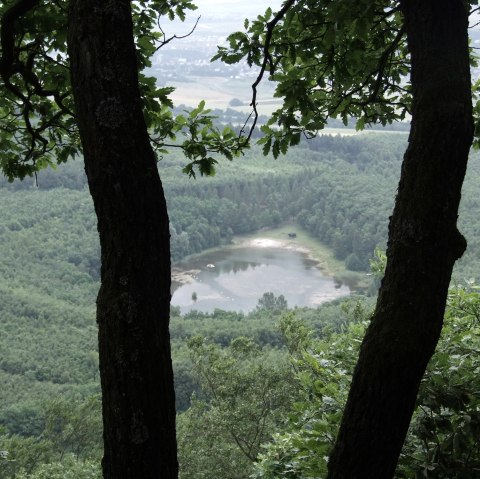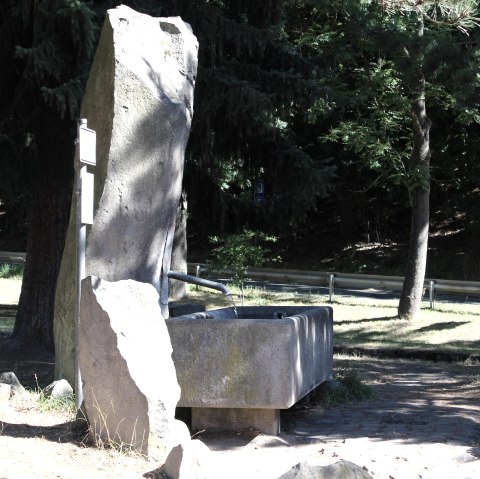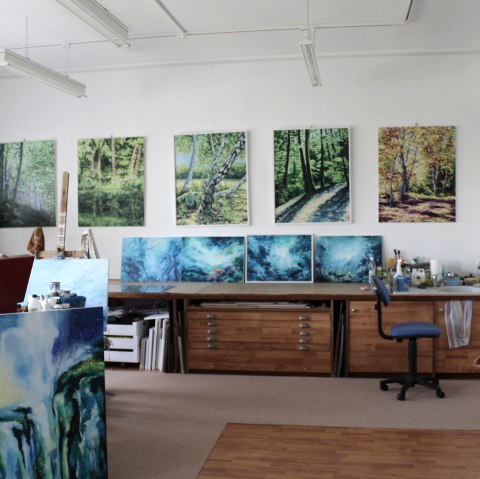Römischer Grabtumulus & Nischengrabmal
Nickenich
It was probably very wealthy landowners who wanted to secure a long memory here around 2,000 years ago.
They undoubtedly succeeded! According to the Latin inscription, the burial mound with the tuff wall is reminiscent of Contuinda and her son Silvanus Ategnisa. Both names are of Celtic origin and prove that the Celts had adopted the Roman culture, but also remained true to their ancestral roots. The same thing is revealed by the figures in the niche tomb, because Celtic and Roman clothing, jewelry and hairstyle are confidently mixed here. Both men carry a Roman civil rights role in hand. The dead probably lived on a farm nearby.
The primeval volcanism of the East Eifel gave people fertile land and important raw materials. In the Mayen mine field they mined basalt lava for high-performance grain mills and in the Meurin Roman mine tuff stone for large construction projects. The ceramics industry flourished in Mayen due to the abundance of clay. A premodern industrial area!
A station on the streets of the Romans.
The following hiking and walking trails lead past the tumulus:
• Premium hiking trail "Pellenzer Seepfad" Traumpfad (16.0 km)
• Panorama path "Eppelsberg" - Geopfad route N (13.0 km)
• RNi2 "Nickenich Hochwald" (5.0 km)
• RNi3 "Around the Hummerich" (9.0 km)













